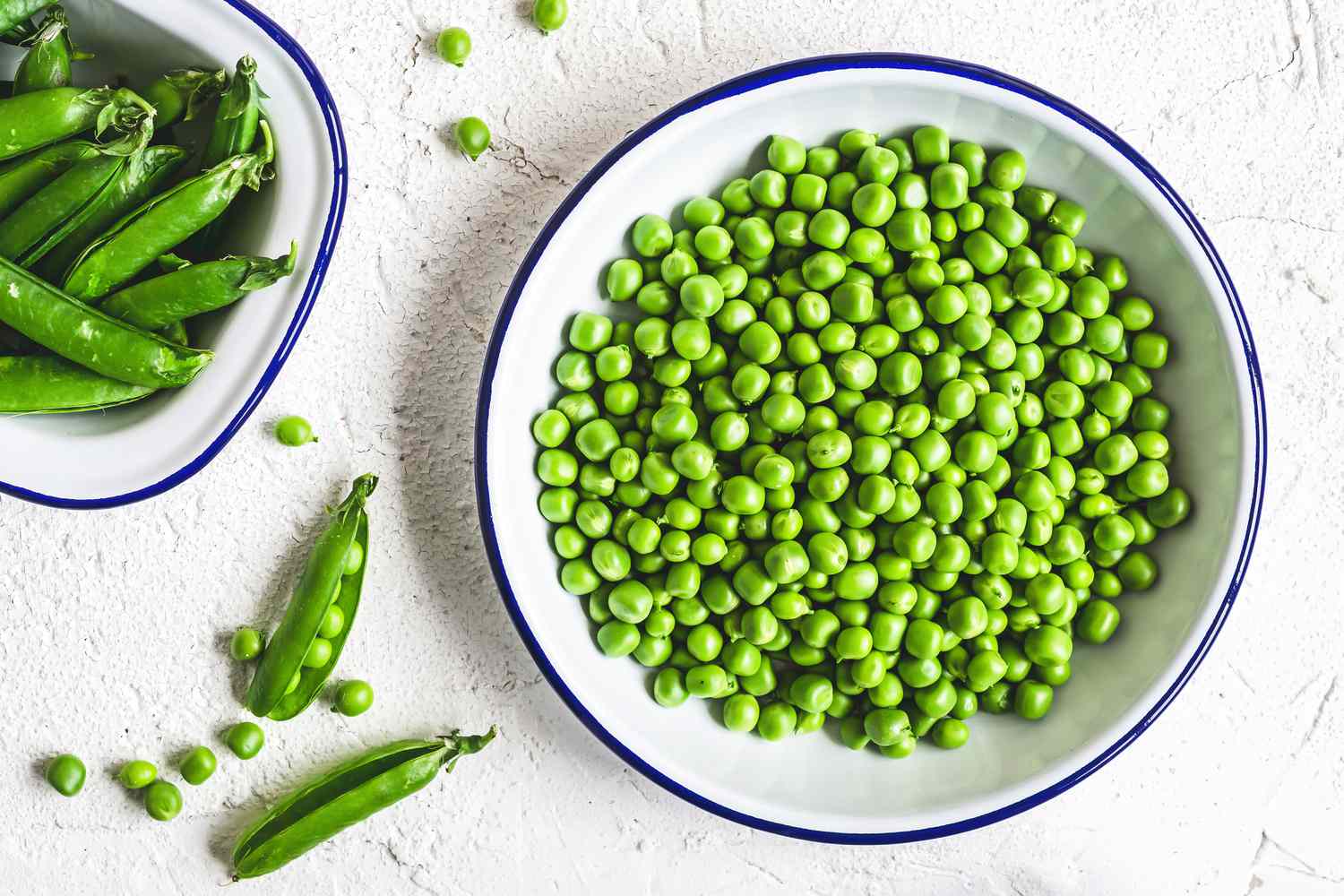

Articles
How To Store Fresh Peas
Modified: February 28, 2024
Learn the best methods for storing fresh peas in this informative article. Keep your peas fresh and flavorful for longer with these expert tips.
(Many of the links in this article redirect to a specific reviewed product. Your purchase of these products through affiliate links helps to generate commission for Storables.com, at no extra cost. Learn more)
Introduction
Welcome to the world of fresh peas! These tiny green gems are not only delicious but also packed with nutrients. Whether you harvest them from your own garden or pick them up from a local market, you’ll want to make sure you store them properly to maintain their flavor and quality.
In this article, we’ll guide you through the process of storing fresh peas. We’ll cover everything from choosing the best peas to preparing them for storage, as well as different methods for preserving their freshness.
By following our tips and techniques, you can enjoy the taste of sweet, tender peas even after their season has passed. So let’s dive in and learn how to store fresh peas!
Key Takeaways:
- Properly storing fresh peas is essential for maintaining their flavor and quality. Whether refrigerating or freezing, following the right methods ensures you can enjoy the taste of peas long after their season has ended.
- Freezing fresh peas after blanching helps preserve their color and freshness, allowing you to enjoy their vibrant flavor and nutritional benefits throughout the year. Plus, there’s no need to thaw them before using in recipes!
Read more: How To Store Fresh Snap Peas
Choosing Fresh Peas
When it comes to selecting fresh peas, there are a few key factors to keep in mind. Look for peas that are firm, plump, and vibrant green in color. Avoid any peas that appear wilted, discolored, or have yellowing patches. These signs indicate that the peas may be past their prime and won’t retain their freshness during storage.
It’s also important to consider the age of the peas. Younger peas, often referred to as “baby peas,” tend to be sweeter and more tender compared to larger, more mature peas. If you prefer a sweeter taste and a softer texture, opt for younger peas.
Another tip is to choose peas that are still in their pods. The pods act as a protective layer, keeping the peas fresh for a longer period. Additionally, make sure the pods are intact and free from any visible damage or signs of decay.
If possible, try to buy locally sourced peas. Locally grown peas are usually harvested at the peak of freshness and have a shorter transport time, which means they are more likely to retain their flavor and nutrients.
Remember, the quality of the peas you choose at the beginning will greatly impact how well they store and how delicious they taste when you’re ready to use them. So take your time when selecting fresh peas and choose the best ones available.
Preparing Fresh Peas
Before storing fresh peas, it’s essential to properly prepare them. This involves a few simple steps to ensure that the peas are clean and ready for storage.
Start by rinsing the peas thoroughly under cold water. This will remove any dirt or debris that may be clinging to the pods. Gently rub the pods with your fingers to ensure all the surfaces are cleaned.
Next, snap off the stems of the peas and remove any stringy or tough parts. Simply hold the stem end between your thumb and index finger, then snap it away from the pod. If you encounter any tough or fibrous strings while doing this, gently pull them away to discard them.
Once the stems and strings are removed, you can choose to either keep the peas in their pods or shell them. Shelling the peas involves removing the individual peas from their pods. This step is optional and depends on personal preference and how you plan to use the peas later.
If you decide to shell the peas, use your thumb or a small knife to open the pods and release the peas. Slide your finger along the inside of the pod to collect the peas. Repeat this process until all the peas are removed from their pods.
If you prefer to store the peas in their pods, make sure they are completely dry before proceeding to the next step. Excess moisture can lead to spoilage during storage.
Once the peas are prepared and ready, you can move on to the different methods of storing them. Whether you choose to blanch and freeze the peas or store them in the refrigerator, proper preparation is crucial to keeping them fresh and delicious.
Blanching Fresh Peas
Blanching is a common method used to preserve the color, texture, and flavor of fresh peas before freezing them. This process involves briefly boiling the peas and then rapidly cooling them to halt the enzymatic activity that can cause spoilage.
To blanch fresh peas, start by bringing a large pot of water to a rolling boil. While the water is heating up, prepare an ice water bath by filling a large bowl with cold water and adding plenty of ice cubes.
Once the water is boiling, carefully add the peas to the pot. Blanching times may vary depending on the size and maturity of the peas. Generally, smaller peas require about 1-2 minutes, while larger peas may need 2-3 minutes.
Keep an eye on the peas and test one for doneness after the minimum blanching time. The peas should be bright green and tender but not overly soft. Overcooking can result in mushy peas, so be mindful of the boiling time.
When the peas are done blanching, quickly remove them from the boiling water using a slotted spoon or a strainer. Immediately transfer the peas to the ice water bath to cool them rapidly and stop the cooking process.
Allow the peas to sit in the ice water bath for the same amount of time as their blanching time. This ensures that they are thoroughly cooled and helps maintain their crispness and vibrant color.
Once cooled, drain the peas from the ice water bath and pat them dry with a clean kitchen towel or paper towels. At this point, the peas are ready to be frozen for long-term storage.
Blanching the fresh peas before freezing not only helps preserve their quality but also makes them more versatile for different recipes. Now that you have blanched peas, you can use them in a variety of dishes, from soups and salads to stir-fries and pasta.
Freezing Fresh Peas
Freezing is an excellent method for storing fresh peas for an extended period while maintaining their flavor and texture. After blanching the peas to preserve their color and freshness, you can now proceed to the freezing process.
First, make sure the blanched peas are completely dry. Any excess moisture can lead to the formation of ice crystals and affect the quality of the peas during freezing. Spread the peas out on a clean kitchen towel or paper towels and allow them to air dry for a few minutes.
Next, prepare your freezer storage containers or bags. You have a few options when it comes to freezing your peas:
- Freezer bags: Place the dry blanched peas into resealable freezer bags. Remove excess air from the bags and make sure they are tightly sealed.
- Freezer containers: If you prefer using containers, choose ones that are specifically designed for freezing. Fill the containers with the blanched peas, leaving a small amount of headspace to allow for expansion during freezing.
- Flash freeze: Alternatively, you can spread the blanched peas out on a baking sheet in a single layer, making sure they don’t touch each other. Place the baking sheet in the freezer for a few hours until the peas are individually frozen. Once frozen, transfer them into freezer bags or containers for long-term storage.
Regardless of the method you choose, it’s crucial to label your containers or bags with the date and contents. This will help you keep track of the storage time and ensure you use the oldest peas first.
Once the blanched peas are packaged and labeled, place them in the freezer. Ensure that the temperature of your freezer is set at 0°F (-18°C) or below to maintain the quality of the peas.
Now, your fresh peas are safely stored in the freezer and can be enjoyed throughout the year. They will retain their nutrients, flavor, and vibrant color for several months.
When you’re ready to use the frozen peas, there’s no need to thaw them. You can directly add the frozen peas to your recipes, whether you’re making soups, stews, stir-fries, or side dishes. The peas will quickly thaw during the cooking process, and you’ll still be able to enjoy their sweet taste and tender texture.
Store fresh peas in a perforated plastic bag in the refrigerator crisper drawer. They will stay fresh for up to 5 days. Avoid washing them until ready to use to prevent spoilage.
Read more: How To Store Peas
Storing Fresh Peas in the Refrigerator
If you plan to consume your fresh peas within a few days, storing them in the refrigerator is a great option. This method helps maintain their freshness and crispness for a short period.
To store fresh peas in the refrigerator, follow these steps:
- Keep the peas in their pods if you haven’t already shelled them. The pods act as a protective layer, preventing the peas from drying out.
- Place the peas in a perforated plastic bag or a plastic container with ventilation holes. These holes allow for proper airflow, preventing moisture buildup that can lead to spoilage.
- Alternatively, you can wrap the peas loosely in a damp paper towel to help keep them hydrated. Place the wrapped peas in a plastic bag or container.
- Label the bag or container with the date to keep track of their freshness.
- Store the peas in the vegetable crisper drawer of your refrigerator. This drawer helps maintain a consistent temperature and humidity level, keeping the peas fresh.
It’s important to note that fresh peas are best consumed within 3-5 days when stored in the refrigerator. Beyond this timeframe, the quality and flavor of the peas can start to deteriorate.
When you’re ready to use the refrigerated peas, remove them from the refrigerator and shell them, if necessary. Rinse the peas under cold water to remove any excess moisture and enjoy them in salads, side dishes, or any recipe of your choice. The crispness and sweetness of the peas will add a burst of flavor to your dishes.
Storing Fresh Peas in the Freezer
If you want to store your fresh peas for a longer period, freezing is the best method. Freezing helps preserve the flavor, texture, and nutrients of the peas, allowing you to enjoy them throughout the year.
To store fresh peas in the freezer, follow these steps:
- If you haven’t already done so, blanch the peas to preserve their color and freshness. Refer to the earlier section on blanching fresh peas for detailed instructions.
- Once the peas have been blanched and cooled, make sure they are completely dry. Excess moisture can lead to the formation of ice crystals and affect the quality of the peas during freezing.
- Package the blanched peas in resealable freezer bags or containers. For convenient portioning, consider dividing them into smaller quantities that you can use in individual servings.
- Remove any excess air from the bags or containers and seal them tightly. The goal is to minimize air exposure, as it can cause freezer burn and affect the taste and texture of the peas.
- Label the bags or containers with the date and contents for easy identification in the future.
- Place the packaged peas in the freezer, making sure they are stored in a flat position to prevent the peas from sticking together.
Frozen peas can typically be stored for up to 8-12 months. However, for the best quality and taste, it’s recommended to consume them within 6-8 months. As time goes on, the peas may experience some loss in texture and flavor.
When you’re ready to use the frozen peas, there’s no need to thaw them. You can directly add the frozen peas to your recipes. They will quickly thaw during the cooking process, and you’ll still be able to enjoy their sweet taste and tender texture.
Whether you’re making a delicious stir-fry, a flavorful soup, or a refreshing salad, having a stash of frozen peas in the freezer allows you to enjoy their vibrant flavor and nutritional benefits no matter the season.
Tips for Using Frozen Peas
Using frozen peas in your recipes is a convenient and versatile way to enjoy the taste and nutritional benefits of peas all year round. Here are some tips to ensure you get the best results when cooking with frozen peas:
- Don’t thaw before cooking: Since frozen peas are already blanched, there’s no need to thaw them before using them in your recipes. Simply add them directly to your dishes, whether it’s soups, stews, stir-fries, or casseroles. They will quickly thaw during the cooking process.
- Adjust cooking time: Keep in mind that frozen peas may require slightly longer cooking times compared to their fresh counterparts. Monitor the peas as you cook and adjust the cooking time accordingly to ensure they are cooked to your desired tenderness.
- Add them towards the end: If you want to retain the vibrant green color and a firmer texture of the peas, consider adding them towards the end of the cooking process. This way, they will remain bright and slightly crisp.
- Combine with other ingredients: Frozen peas work well in a variety of dishes when combined with other ingredients. Use them as a colorful addition to pasta dishes, rice bowls, salads, or even as a topping for pizzas. Their sweet flavor and tender texture will enhance any recipe.
- Thawing for salads or raw applications: If you plan to use frozen peas in a salad or other raw dishes, you can thaw them by rinsing them under cold water. They will defrost quickly, and you can pat them dry before adding them to your salad or other raw preparations.
- Experiment with different seasonings: Frozen peas provide a versatile canvas for various flavors. Try incorporating different seasonings like herbs, spices, lemon zest, or grated cheese to enhance the taste of the peas and complement your dish.
- Buy in bulk: If you enjoy using frozen peas frequently, consider buying them in bulk. This allows you to have a constant supply on hand and can be more cost-effective in the long run.
Remember, frozen peas are a convenient and nutritious ingredient that can elevate your recipes. With a little creativity and these tips, you can enjoy the vibrant taste and texture of peas in countless dishes throughout the year.
Conclusion
Storing fresh peas correctly is crucial to maintain their flavor, quality, and nutritional value. Whether you choose to store them in the refrigerator or freezer, following the proper methods will ensure you can enjoy the taste of peas long after their season has ended.
When choosing fresh peas, look for firm, plump pods with vibrant green color. Younger peas tend to be sweeter and more tender, providing a delightful taste in your dishes.
Preparing fresh peas involves rinsing, removing stems and strings, and optionally shelling them. Proper preparation ensures that the peas are clean and ready for storage.
If you plan to freeze fresh peas, blanching them is essential. Blanching helps preserve their color and freshness. After blanching, package the peas in freezer bags or containers before placing them in the freezer.
When storing fresh peas in the refrigerator, keep them in perforated bags or containers to allow proper airflow. This helps maintain their freshness for a short period, typically 3-5 days.
Using frozen peas in your recipes is a convenient option. You can add them directly to soups, stews, stir-fries, or other dishes without the need to thaw beforehand. Cooking times may need to be adjusted slightly for frozen peas.
Remember to label your containers or bags with the date and contents for easy identification. This allows you to keep track of storage time and use the oldest peas first for optimal freshness.
Whether you freeze or refrigerate your fresh peas, they provide a versatile ingredient that can be used in a range of recipes. From vibrant salads to comforting soups and so much more, peas add a burst of flavor and nutritional benefits.
So, next time you come across fresh peas, don’t hesitate to store them properly and enjoy their deliciousness throughout the year. With the right storage techniques, you can savor the taste of peas even when they are out of season!
Frequently Asked Questions about How To Store Fresh Peas
Was this page helpful?
At Storables.com, we guarantee accurate and reliable information. Our content, validated by Expert Board Contributors, is crafted following stringent Editorial Policies. We're committed to providing you with well-researched, expert-backed insights for all your informational needs.
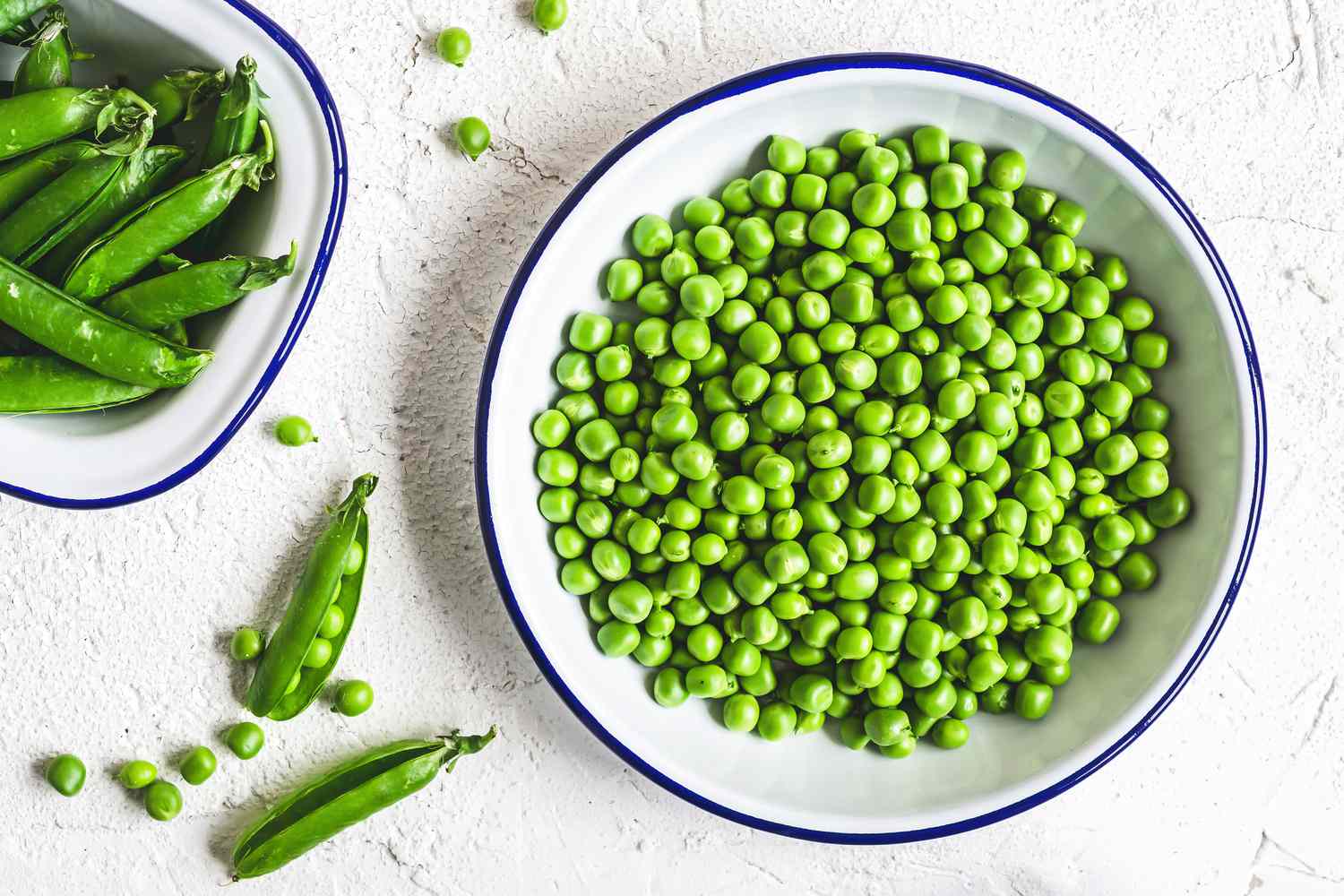
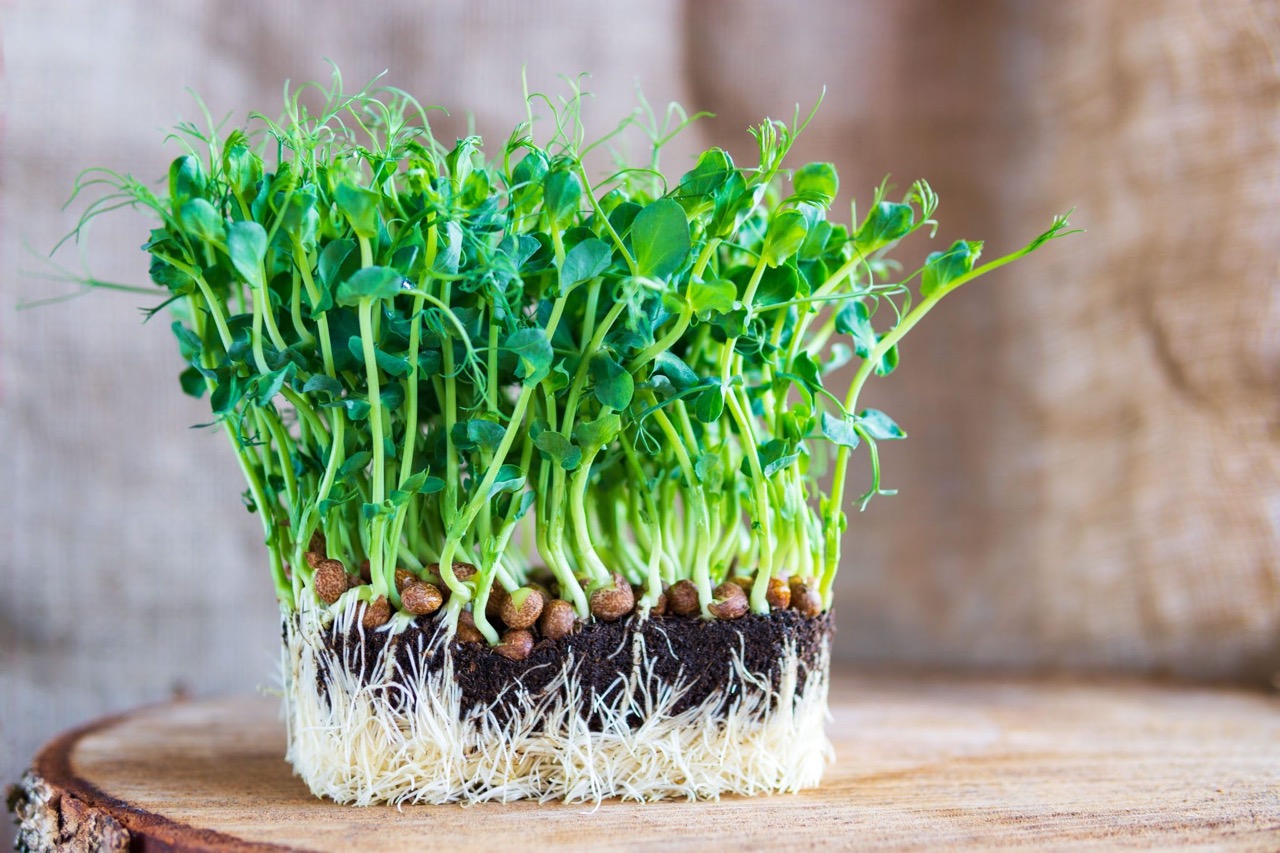
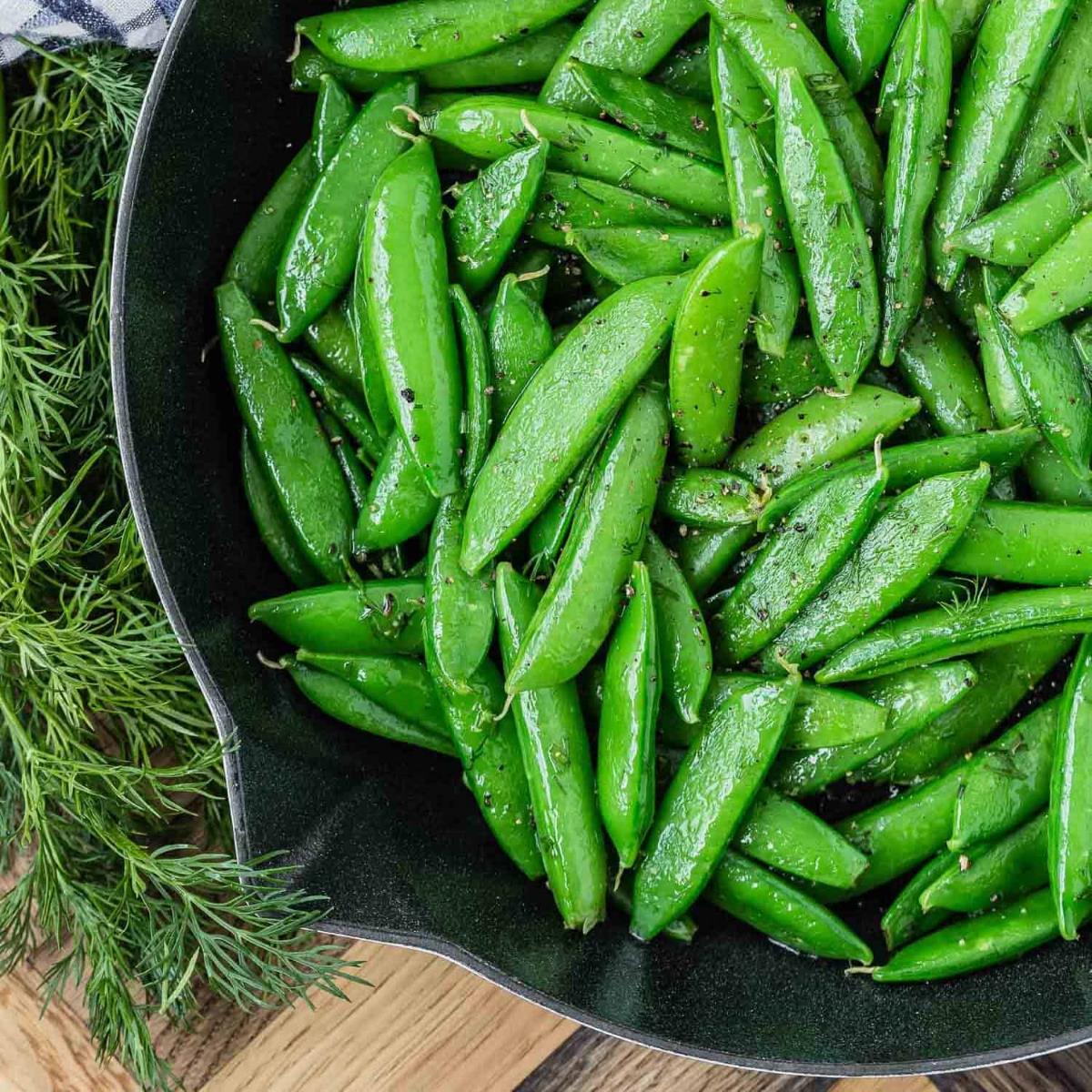
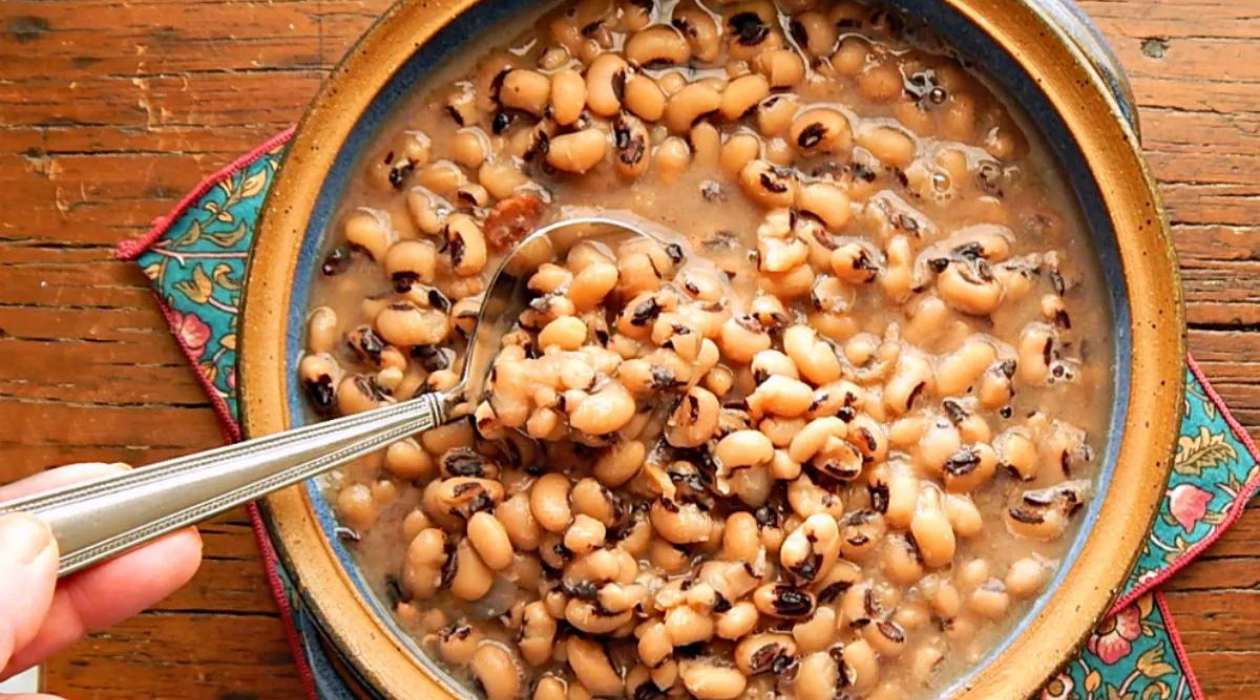
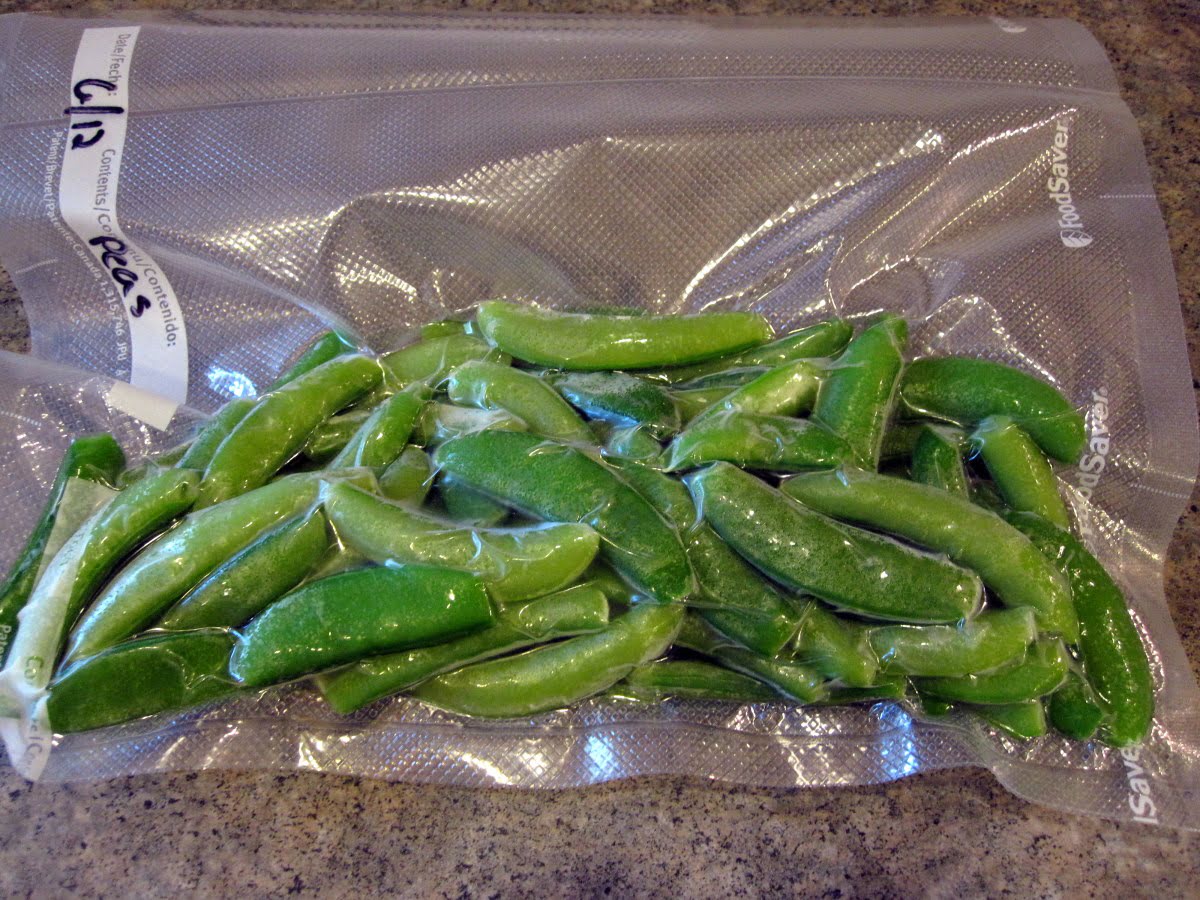
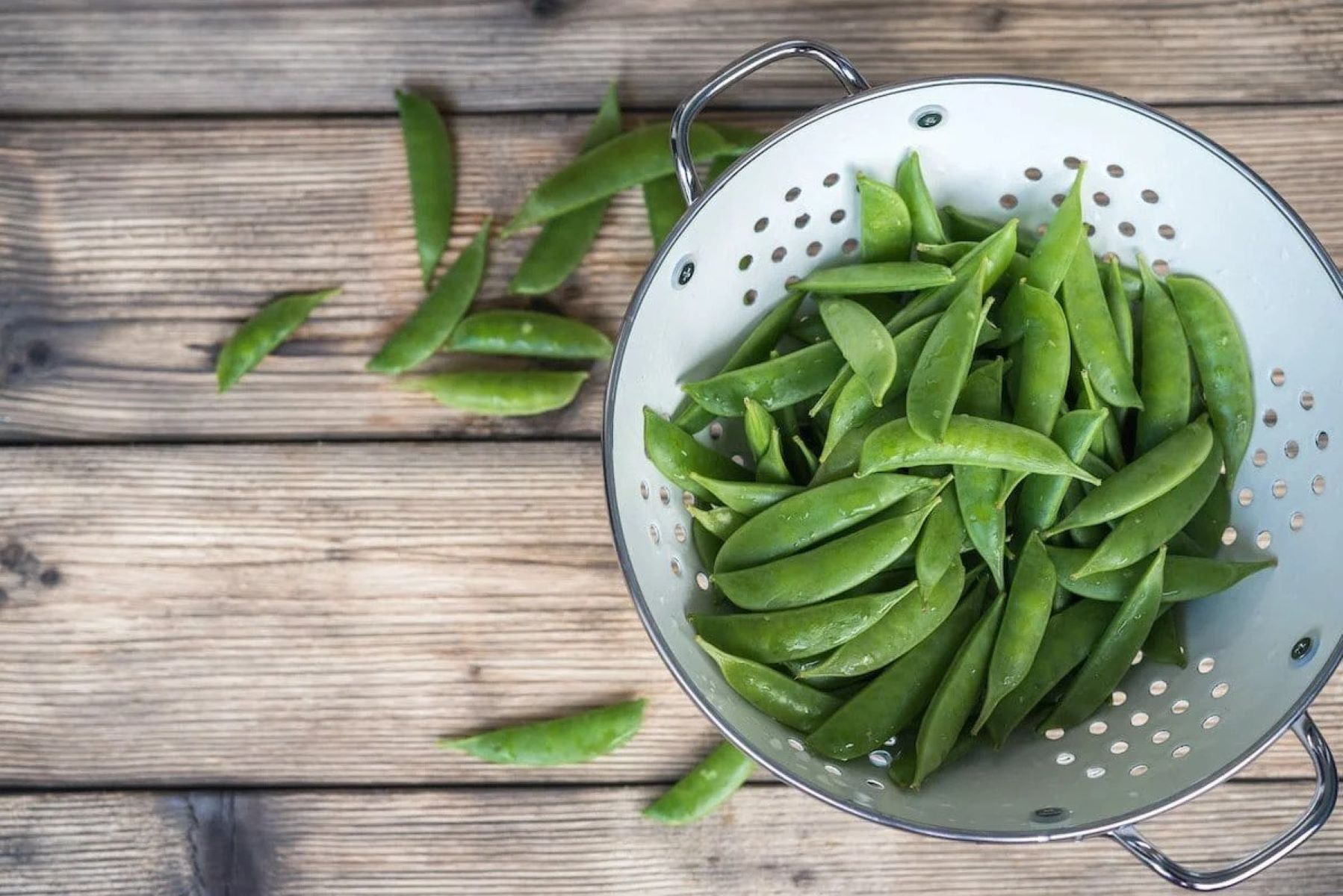
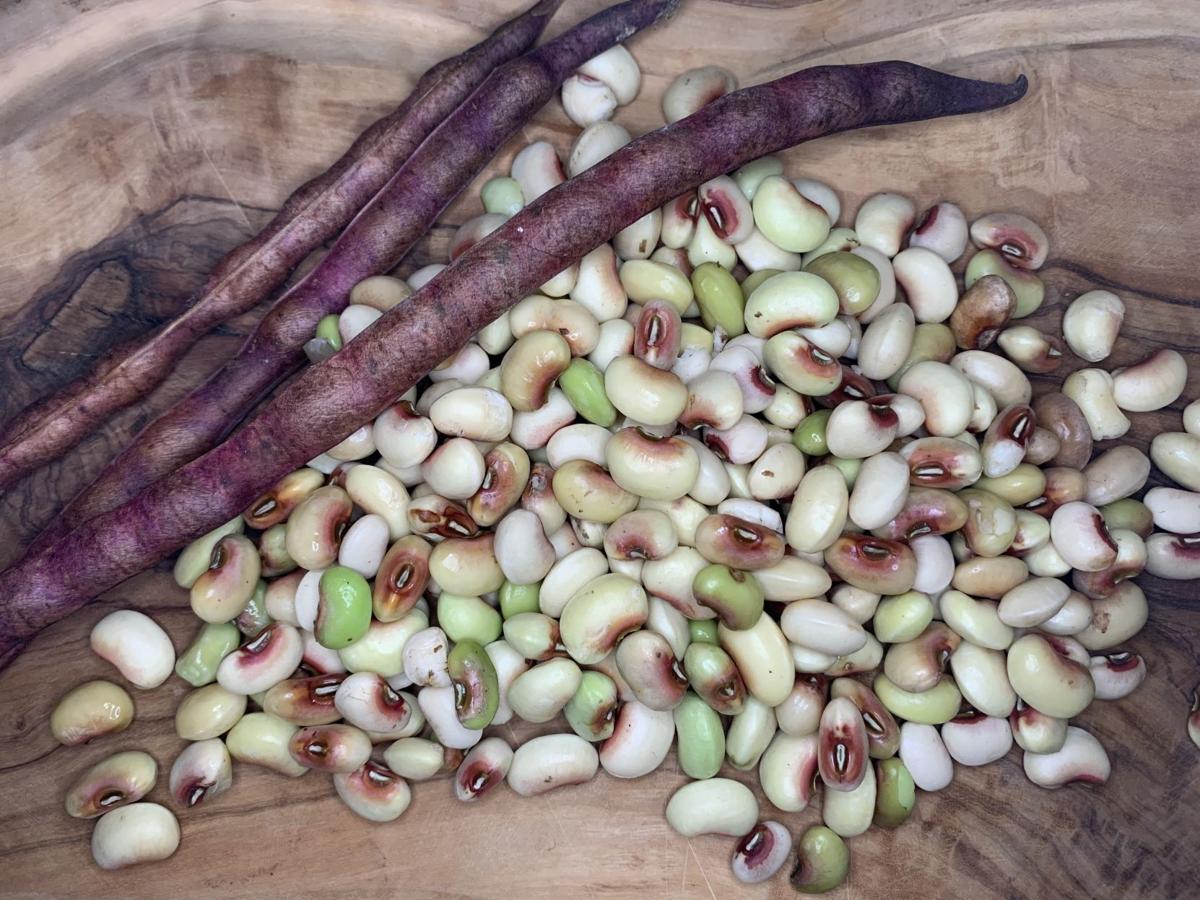
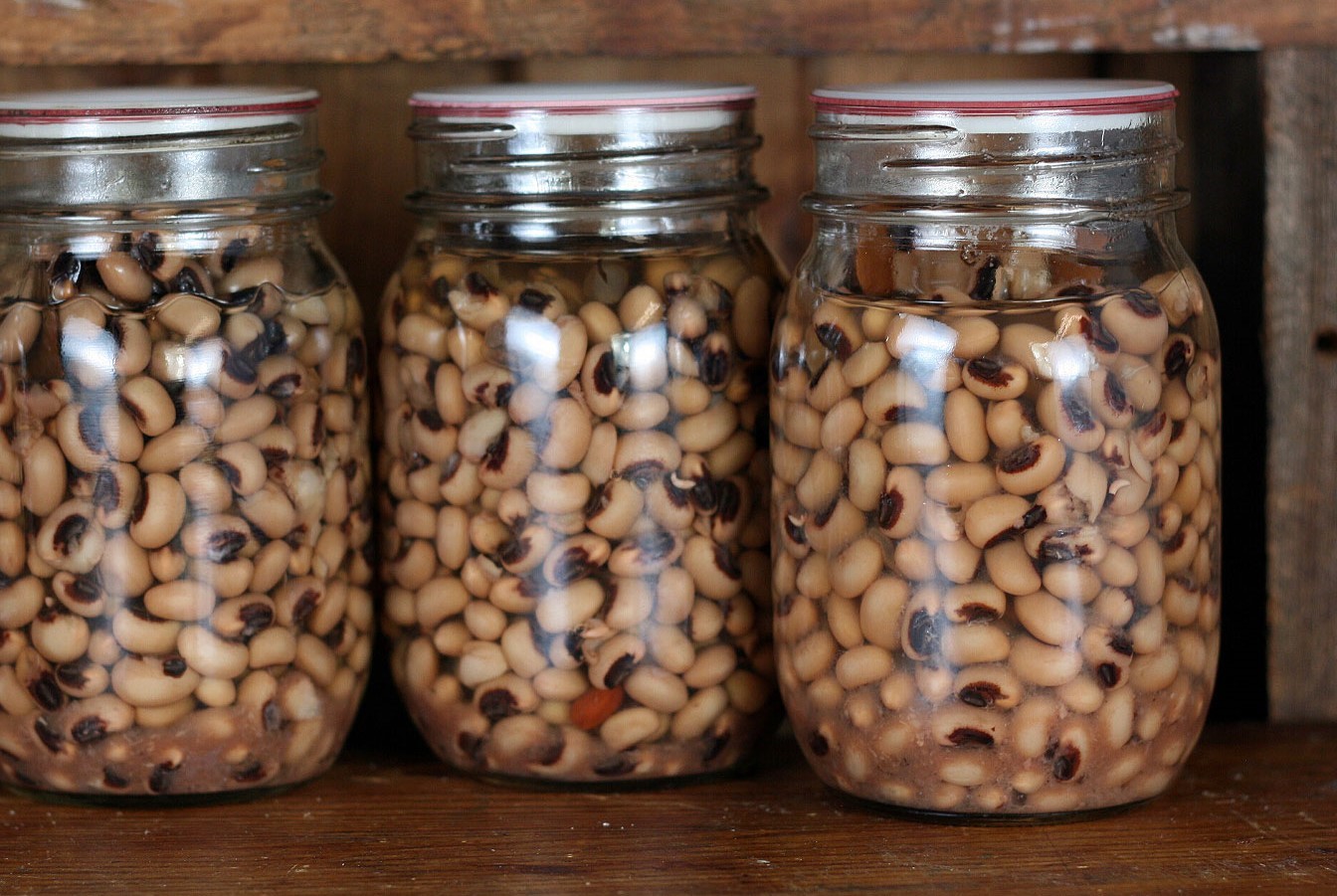
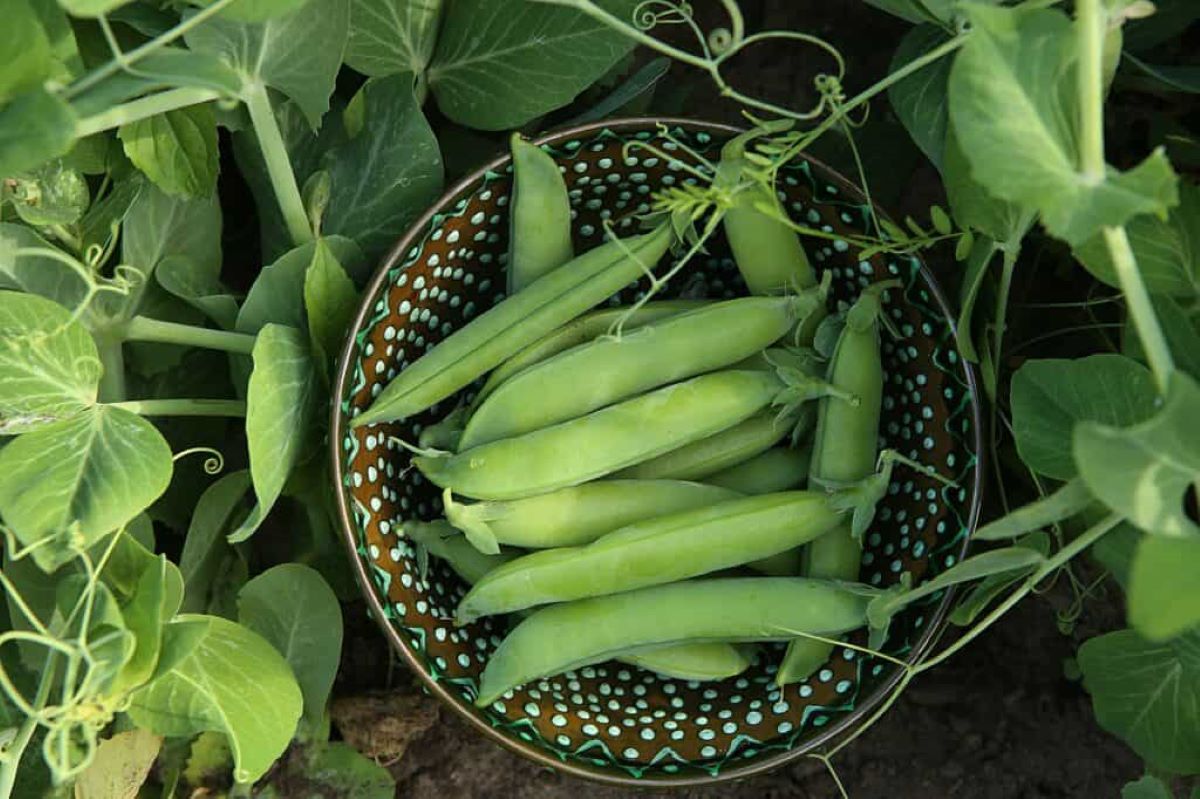
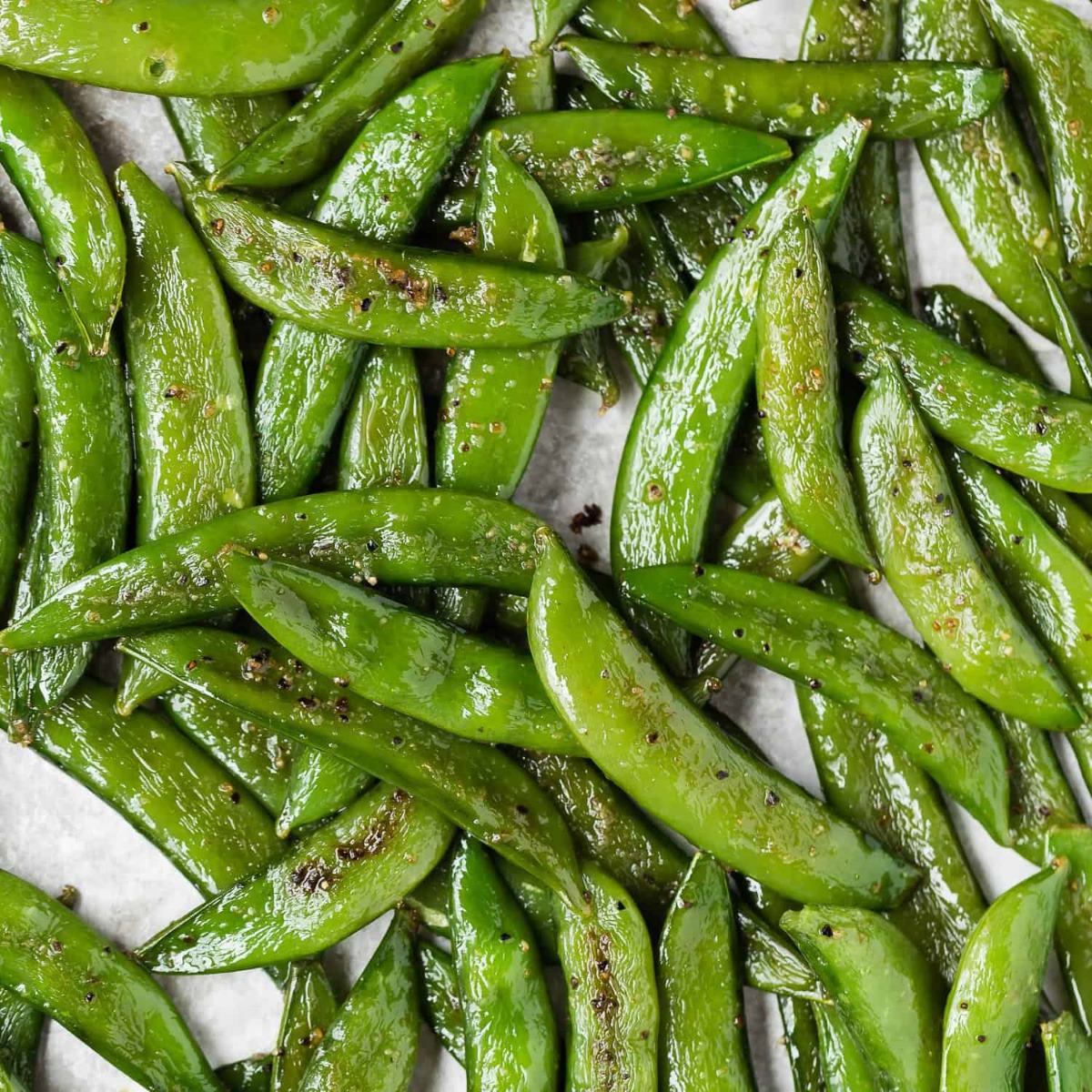
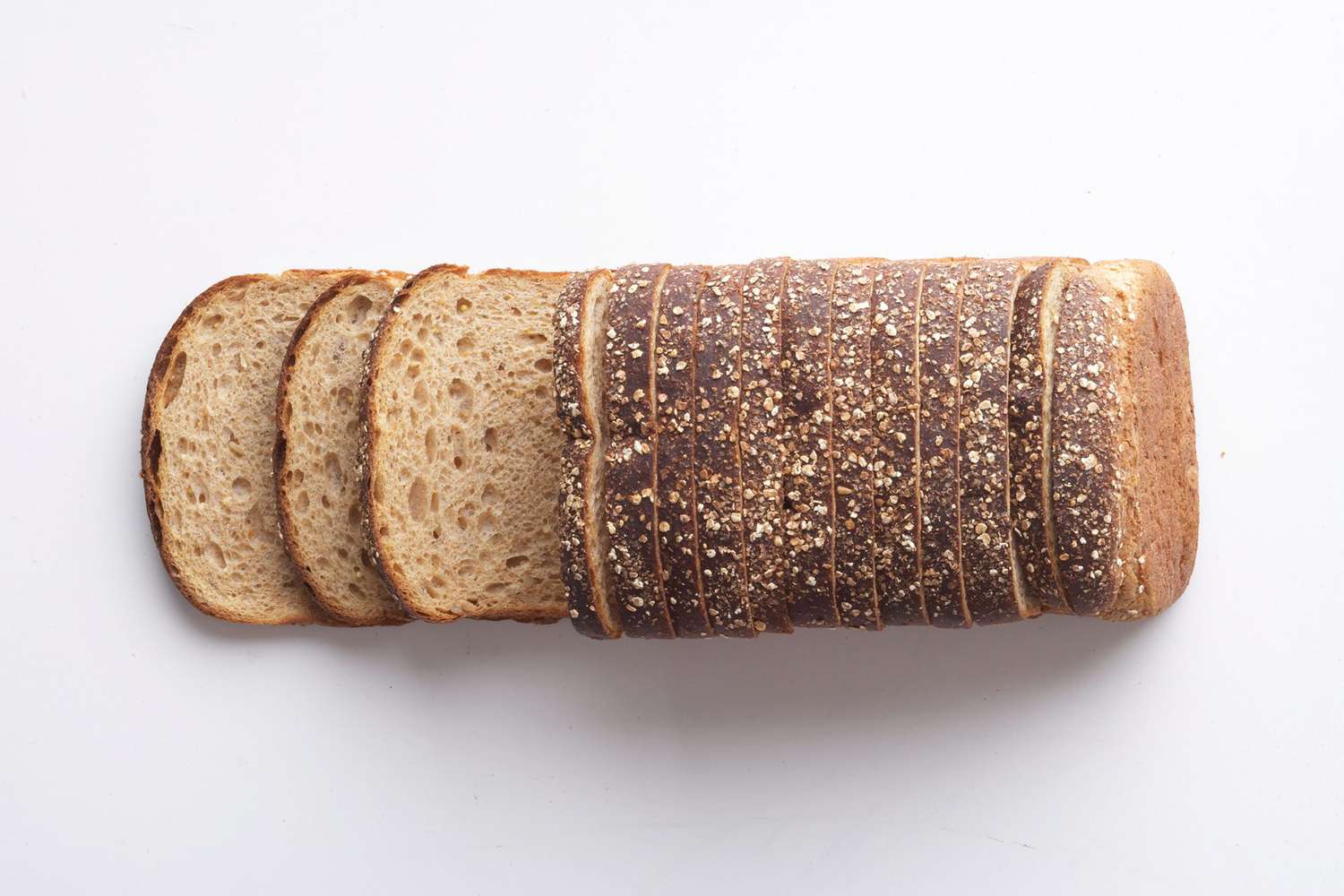
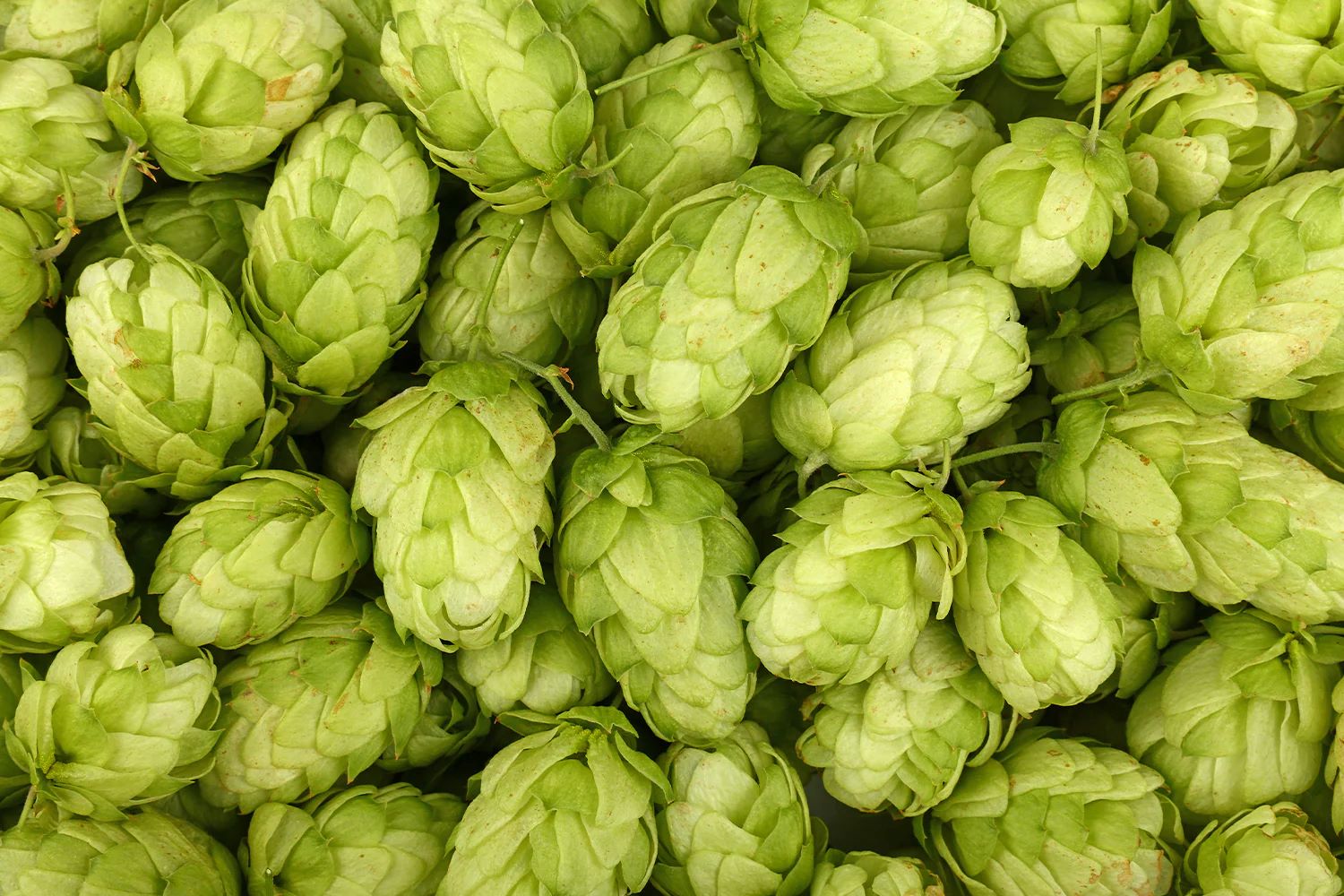

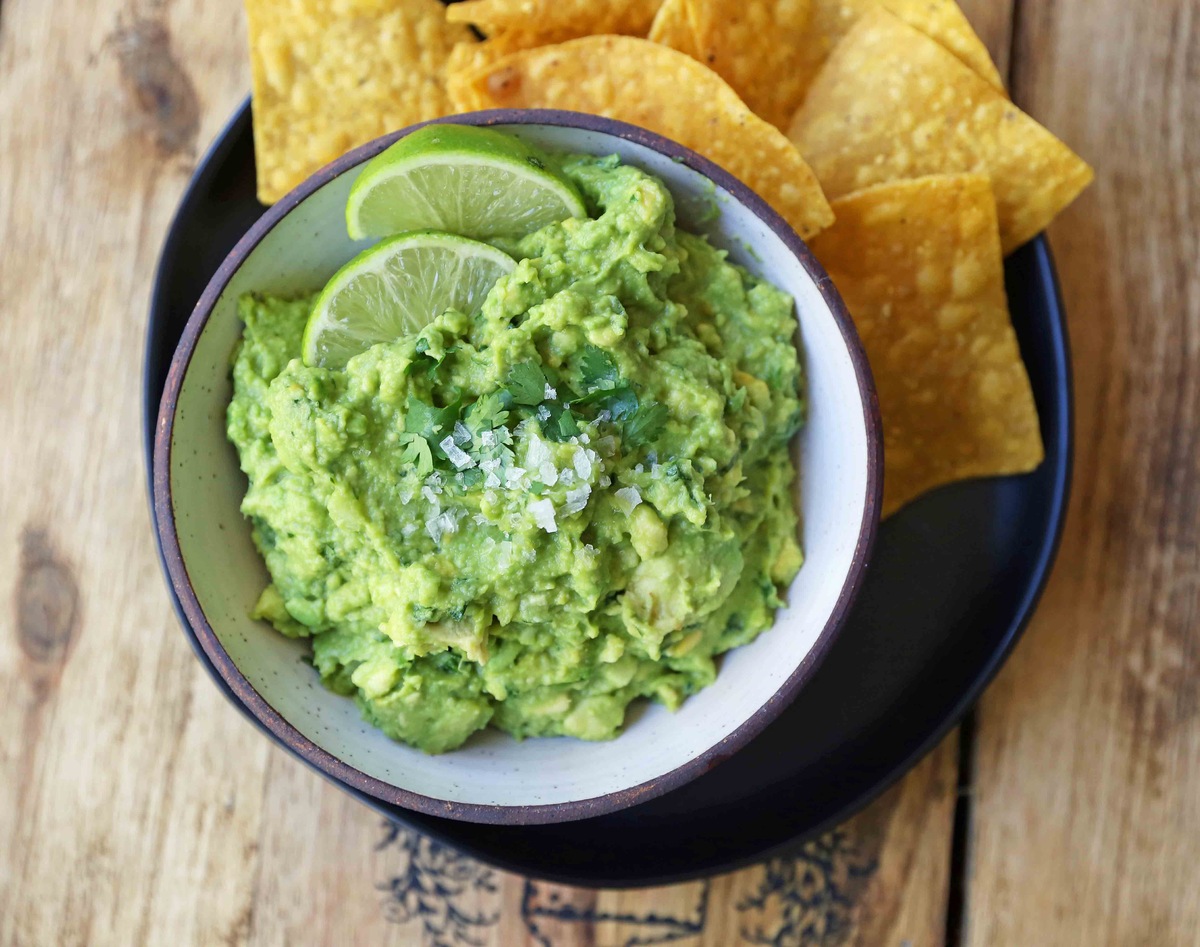

0 thoughts on “How To Store Fresh Peas”